My dream is to walk around the world. A smallish backpack, all essentials neatly in place. A camera. A notebook. A traveling paint set. A hat. Good shoes. A nice pleated (green?) skirt for the occasional seaside hotel afternoon dance. - Maira Kalman
21 July 2019, Ngongo, Congo to Ndende, Gabon, 52.42km
Hotel Divive 9,000CFA (R225)
Exchange rate: Rand 1 (R): Central African Franc 42,84 (CFA)
The Central African Franc, pegged to the Euro, is used in six independent countries: Republic of Congo, Gabon, Cameroon, Central African Republic, Chad, Equatorial Guinea
When you cross overland into another country, it is perhaps unreasonable to expect things to be completely different almost immediately, though sometimes this expectation is met. Crossing from Namibia to Angola is a case in point. Immediately, you have to change from cycling on the left to cycling on the right, you have to deal with a new language, Portuguese, and you have to use a different currency. Sometimes, the change is considerably more subtle, our crossing from Congo to Gabon, being an example. The narrow dirt track we were riding looked much the same on either side of the boom that marked the border. Both countries drive on the right, both communicate in French, both use the Central African Franc (CFA). On both sides of the border, officialdom was friendly, polite and relatively efficient in the context of hand-filled forms and log books. What we found different, as we cycled the 50km to Ndende, was a calmer world in Gabon. People responded to our greetings as they did in Congo, but kids did not shout and run in the sometimes excessive excitement of the Congolese. More people seem to speak English, though we found plenty of English-speakers in Congo compared to Angola. There is evidence of a greater spread of wealth, though I would be hard-pressed to say exactly what.
On the Congo side of the border, we had to visit three separate offices before we could say “au revoir Congo”, though having completed the most complex form the day before, doing so was pain-free, especially as there was no-one else crossing when we did. Then we squeezed past the weighted end of the boom, and were in a new country. The Ngongo residents bypass the boom daily to collect their water from a river that flows just inside Gabon. All very laid back and stress-free.
1km into Gabon, we were stopped at a boom and an official wrote our details in a book. 10km into Gabon, we were stopped at a boom and an official wrote our details in a book. Neither, however, stamped our passports, both telling us this would be done in Ndende, the first town of any size and 50km from the Congo border. When we arrived in town, we made our way, not without some difficulty, to immigration, to find they had shut up shop for the day. So we are not officially here yet!
The dirt piste continued from the border to the outskirts of Ndende, becoming tar where the road turned left at a circle and crossed a river into town. We had read that the section of road from the border to Ndende iss particularly bad, but we did not find it so. In general the surface was manageable, and though there were some enormous holes in the road, these were easy enough to negotiate on our bikes, though we were glad not to be doing so in the rainy season. At a softdrink stop, we tried D’jino Pamplemousse (grapefruit), finding it delicious, and Charl photographed a small dead crocodile meant for the cooking pot.
With a little difficulty and the help of pedestrians we tracked down Hotel Divive, sited on the grounds of a military barracks, with no name on the road, the entrance gate or the building. Our room is adequate, and we were fed by our host on gazelle and rice.
For today's route see below photos
For overview route, click on ROUTE tab above…
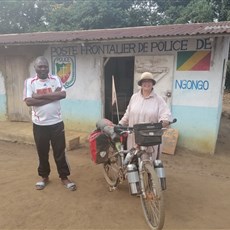
Leaving Congo
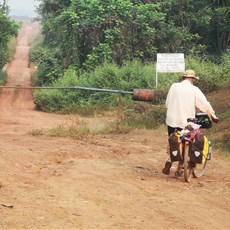
Leaving Congo
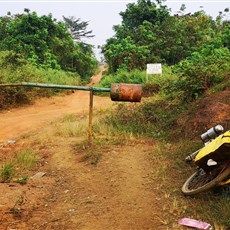
Leaving Congo
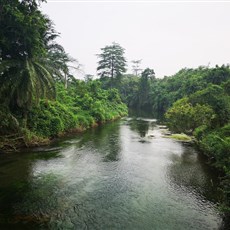
Ngongo to Ndende
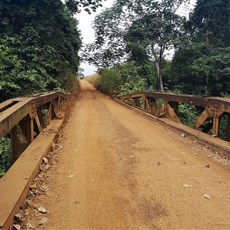
Ngongo to Ndende

Ngongo to Ndende
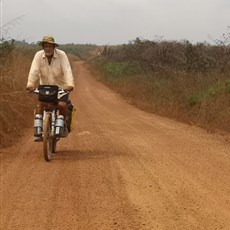
Ngongo to Ndende
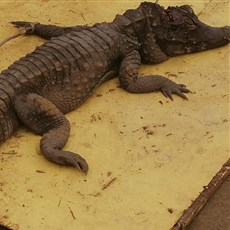
Ngongo to Ndende
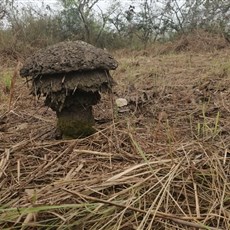
Ngongo to Ndende
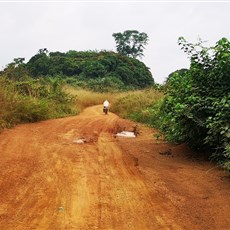
Ngongo to Ndende
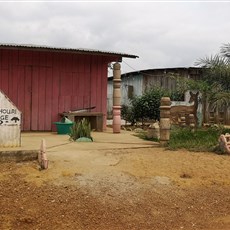
Ngongo to Ndende
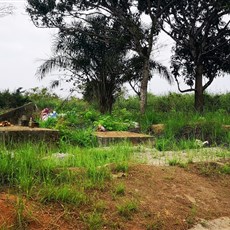
Ngongo to Ndende
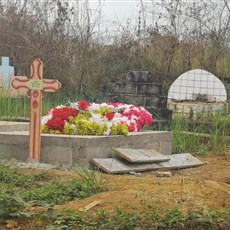
Ngongo to Ndende
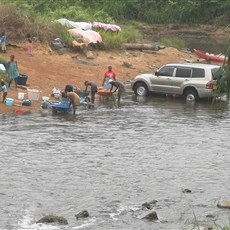
Ndende
Note: Mapping below inaccurate. Distance to Ndende is 50km.